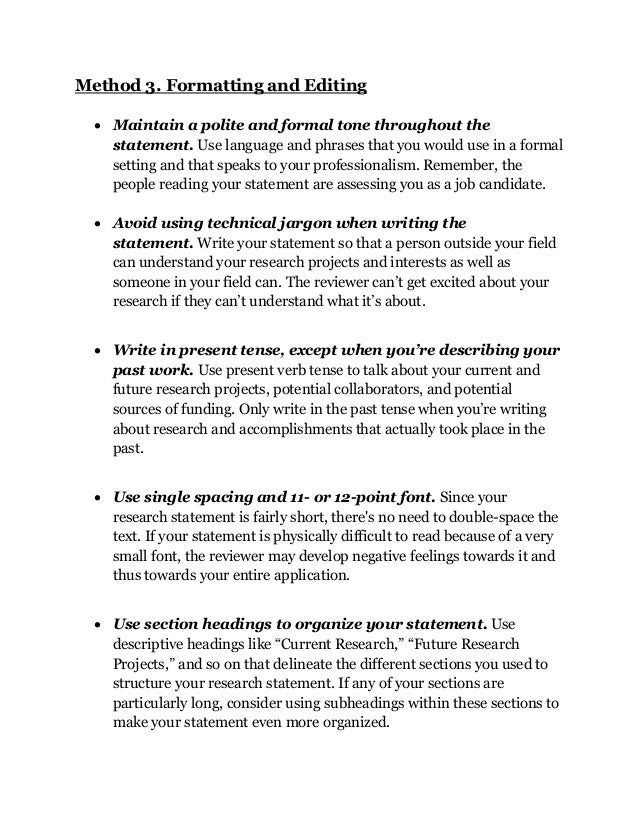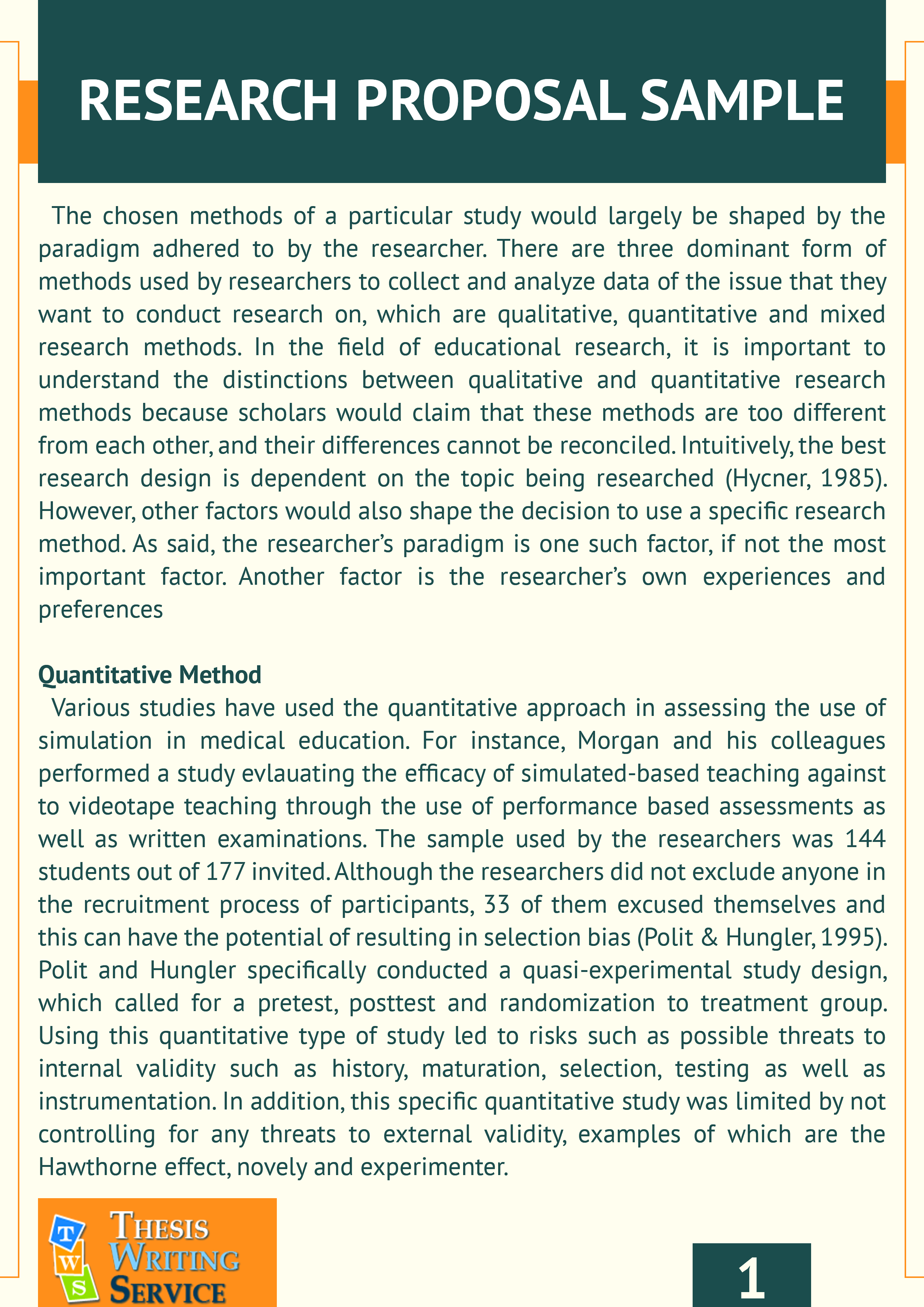
Title Page
· Step 3: Discuss the implications. Having summed up your key arguments or findings, the conclusion ends by considering the broader implications of your research. This means expressing the key takeaways, practical or theoretical, from your paper—often in the form of a call for action or suggestions for future research Writing a paper in a modern world Even living in the 21st century, with no necessity to go to the libraries anymore, to collect the wisdom of teachers and philosophers, to travel across the globe, to make long notes to professors on letter writing paper and wait for their reply, it might be actually hard to compose a worthy narration anyway · In your thesis or dissertation, you will have to discuss the methods you used to do your research. The methodology chapter explains what you did and how you did it, allowing readers to evaluate the reliability and validity of the research. It should include: The type of research you did How you collected your data How you analyzed your data

Step 1: Introduce your topic
· Step 3: Discuss the implications. Having summed up your key arguments or findings, the conclusion ends by considering the broader implications of your research. This means expressing the key takeaways, practical or theoretical, from your paper—often in the form of a call for action or suggestions for future research · Writing a Research Paper Introduction | Step-by-Step Guide Step 1: Introduce your topic. The first job of the introduction is to tell the reader what your topic is and why it’s Step 2: Describe the background. This part of the introduction differs depending on what approach your paper is taking. Estimated Reading Time: 9 mins An abstract is a short summary of your (published or unpublished) research paper, usually about a paragraph (c. sentences, words) long. A well-written abstract serves multiple purposes: an abstract lets readers get the gist or essence of your paper or article quickly, in order to decide whether to read the full paper;

General Formatting Guidelines
· In your thesis or dissertation, you will have to discuss the methods you used to do your research. The methodology chapter explains what you did and how you did it, allowing readers to evaluate the reliability and validity of the research. It should include: The type of research you did How you collected your data How you analyzed your data An abstract is a short summary of your (published or unpublished) research paper, usually about a paragraph (c. sentences, words) long. A well-written abstract serves multiple purposes: an abstract lets readers get the gist or essence of your paper or article quickly, in order to decide whether to read the full paper; · Writing a Research Paper Introduction | Step-by-Step Guide Step 1: Introduce your topic. The first job of the introduction is to tell the reader what your topic is and why it’s Step 2: Describe the background. This part of the introduction differs depending on what approach your paper is taking. Estimated Reading Time: 9 mins

Step 1: Restate the problem
· In your thesis or dissertation, you will have to discuss the methods you used to do your research. The methodology chapter explains what you did and how you did it, allowing readers to evaluate the reliability and validity of the research. It should include: The type of research you did How you collected your data How you analyzed your data An abstract is a short summary of your (published or unpublished) research paper, usually about a paragraph (c. sentences, words) long. A well-written abstract serves multiple purposes: an abstract lets readers get the gist or essence of your paper or article quickly, in order to decide whether to read the full paper; Writing a paper in a modern world Even living in the 21st century, with no necessity to go to the libraries anymore, to collect the wisdom of teachers and philosophers, to travel across the globe, to make long notes to professors on letter writing paper and wait for their reply, it might be actually hard to compose a worthy narration anyway

The Contents of an Abstract
· Step 3: Discuss the implications. Having summed up your key arguments or findings, the conclusion ends by considering the broader implications of your research. This means expressing the key takeaways, practical or theoretical, from your paper—often in the form of a call for action or suggestions for future research · Writing a Research Paper Introduction | Step-by-Step Guide Step 1: Introduce your topic. The first job of the introduction is to tell the reader what your topic is and why it’s Step 2: Describe the background. This part of the introduction differs depending on what approach your paper is taking. Estimated Reading Time: 9 mins Writing a paper in a modern world Even living in the 21st century, with no necessity to go to the libraries anymore, to collect the wisdom of teachers and philosophers, to travel across the globe, to make long notes to professors on letter writing paper and wait for their reply, it might be actually hard to compose a worthy narration anyway
No comments:
Post a Comment